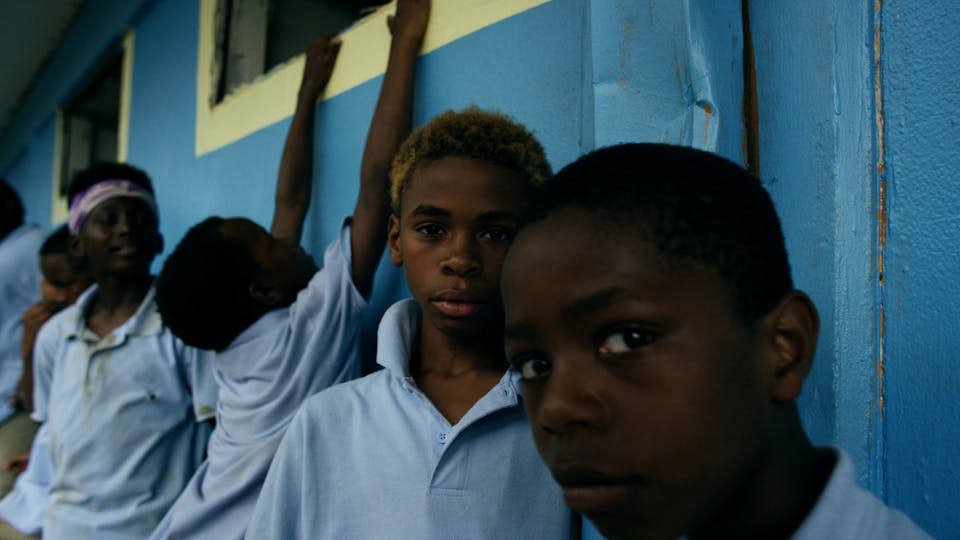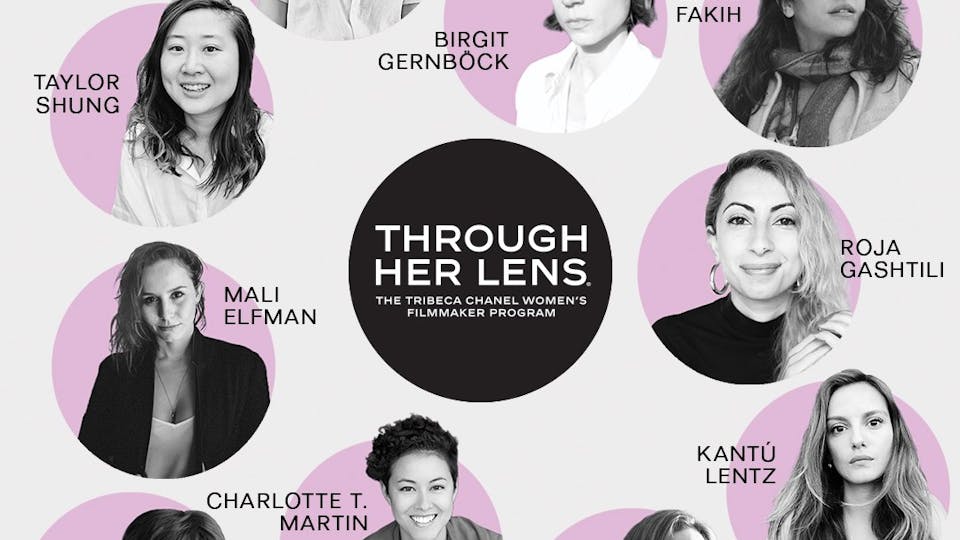Augmented Reality — Adding Layers, Immersion and Interactivity to Your Stories

This is the third post in a series of guest posts from Ingrid Kopp, the U.S. Director of Shooting People. Ingrid, who leads workshops on film, social media, engagement, and technology as part of her work at Shooting People, discusses how the latest trends in technology are changing and shaping the filmmaking process. Follow Ingrid’s latest Tweets at @fromthehip.
Augmented Reality is not new. The military have been using it to train personnel for years. The yellow first-down maker you see on your television sets when you’re watching football games is Augmented Reality (AR). AR is a way to describe the combining of virtual data and images with the physical world. That yellow line is not actually there on the field but it helps viewers at home to understand the game play better. The reason AR is getting so much buzz at the moment is because smartphones are finally smart enough (with their cameras, GPS and compasses) to do some pretty impressive AR tricks. Brands are also riding the AR wave right now, using the technology to create immersive and interactive marketing campaigns for their products. Check out, for example, two very creative AR marketing campaigns from Australian whiz kids Boffswana: Living Sasquatch and Honeyway Train AR game. The possibilities for games are of course enormous as players can go deeper into the play environment. Magazines are also experimenting with AR to create richer experiences for their readers – have a look at the Esquire AR issue, you don’t need to have the magazine to hand to try it out.
It’s on smartphones out in the world where AR potential feels particularly exciting and immersive however. One of the first iPhone AR apps, Wikitude allows you to find out information about whatever you’re pointing your phone at, using sources like Wikipedia. A similar app, Layar, allows you to create your own AR layers. How can we use the creative possibilities of this technology for storytelling? It seems a shame to leave all the fun to the brands. How about this DIY takeover of MoMA, created using Layar software. Or check out this iPhone app from the Museum of London that uses Google Maps and geo-tagging to allow people to see what London looked like in the past.

It may be that AR proves to be more of a gimmick than a lasting technological revolution, at least in the short term, but perhaps it will eventually become more like a sixth sense for us. Pranav Mistry from MIT’s Media Lab shows how the physical world and our natural gestures can interact with the world of data in such a way that AR would become part of our everyday lives without us having to hold our phones up awkwardly in front of us. Have a look at his astonishing TED talk:
AR can also profoundly modify our relationship with our environment. Here’s another fascinating TED talk from Blaise Agüera y Arcas on AR and mapping:
There are other exciting ways that technology is connecting us to the real world. Check out Stickybits. Stickybits allows you to attach information, like photos and videos for example, to any barcode. Why would you want to do this you may well ask? Well imagine you have made a documentary about the use of high-fructose corn syrup in food for example. You could go to a supermarket and attach a video about the health risks of high-fructose corn syrup to every item you can find and scan that contains it as an ingredient and then encourage your more technically-inclined audience to go and find the products and discover the videos. This is one of the more prosaic examples I can think of. Imagine the possibilities for games and ARGs if you’re doing a cross-media project (more on creating cross-media projects in my next post for TFI).
Finally, you can also create your own QR codes (QR codes are much like regular barcodes but can contain more information – you may have seen them used in billboards around the city recently). I’m personally not convinced that QR codes will really take off in the U.S., they seem rather fiddly and not terribly intuitive to use. Having said that, try this link if you’d like to experiment with creating your own code: http://qrcode.kaywa.com/ You will need a special reader on your smartphone to read the code. You can download the Kaywa QR code reader or just do a Google search for other QR code reader options. Here’s one I made earlier (hint it links to the Digital Bootcamp Wiki so if you’re not feeling QR-inclined you can just follow the link at the end of this post):

It will be interesting to see how things develop as far as the links between technology, data and the real world go but the creative opportunities are already there. Does AR have a role to play in your media project?
More links and tools on data are available on Ingrid’s Digital Bootcamp Wiki. Also, be sure to check out Ingrid's previous posts, "Films That Work Like the Web," and "Beautiful Data - Bringing Data and Storytelling Together."






